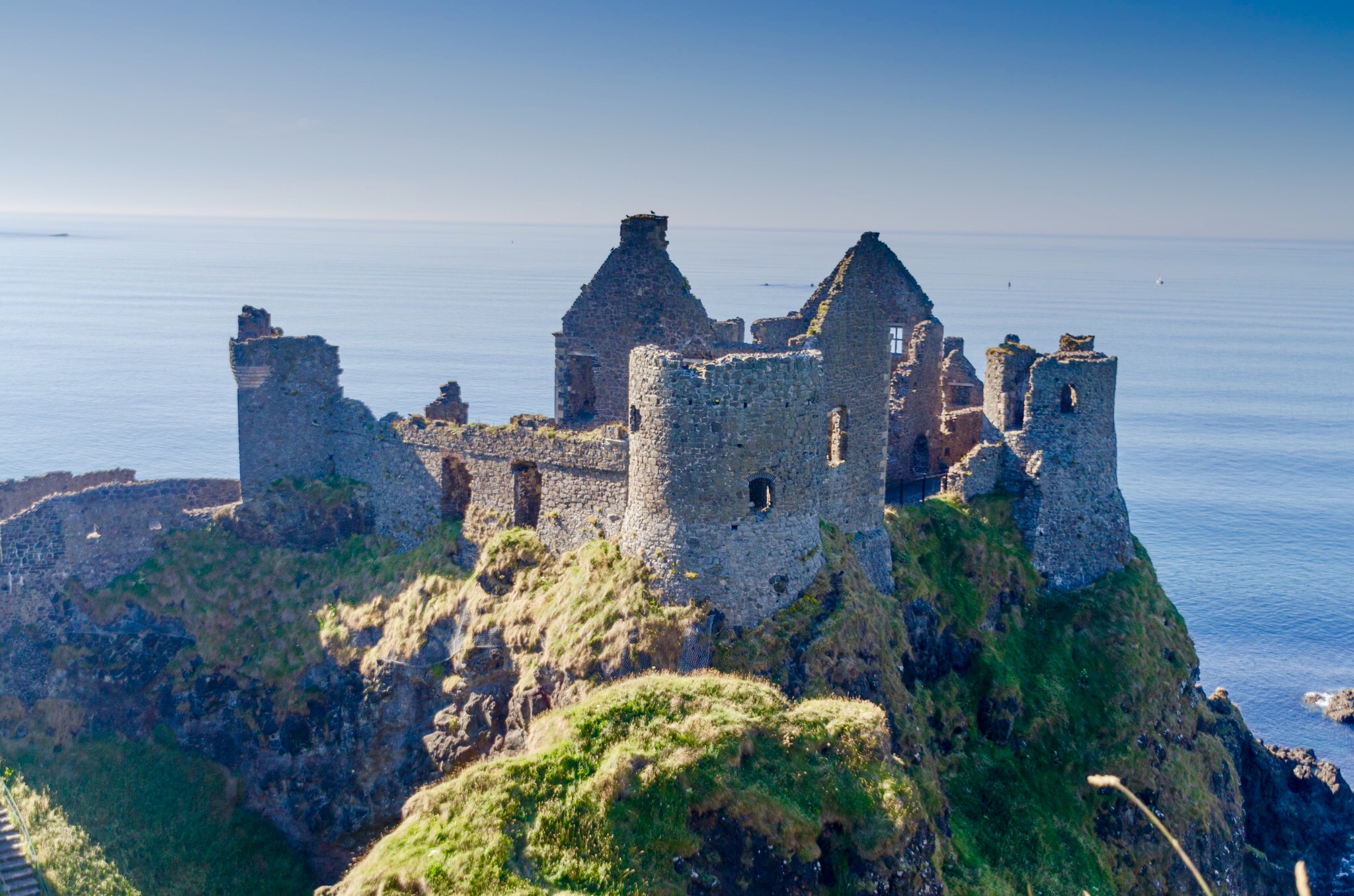Our trip coincided with “Twelfth Celebrations”, which is when bonfires are lit by Loyalists on July 11th to kick off the celebrations. These celebrations mark the Battle of the Boyne in 1690 when the Protestant William of Orange defeated Catholic King James II. Bonfires were lit to welcome and guide him, but they’re controversial today for a host of reasons, namely safety. This was a small tower under 50 pallets high, but they can be multiple stories high, and the record is 286 pallet high. They’re becoming a thing of the past since these towers are dangerous to construct, often near people or property, and the center is usually stuffed with tires to make them burn more intensely which gives off toxic fumes.


